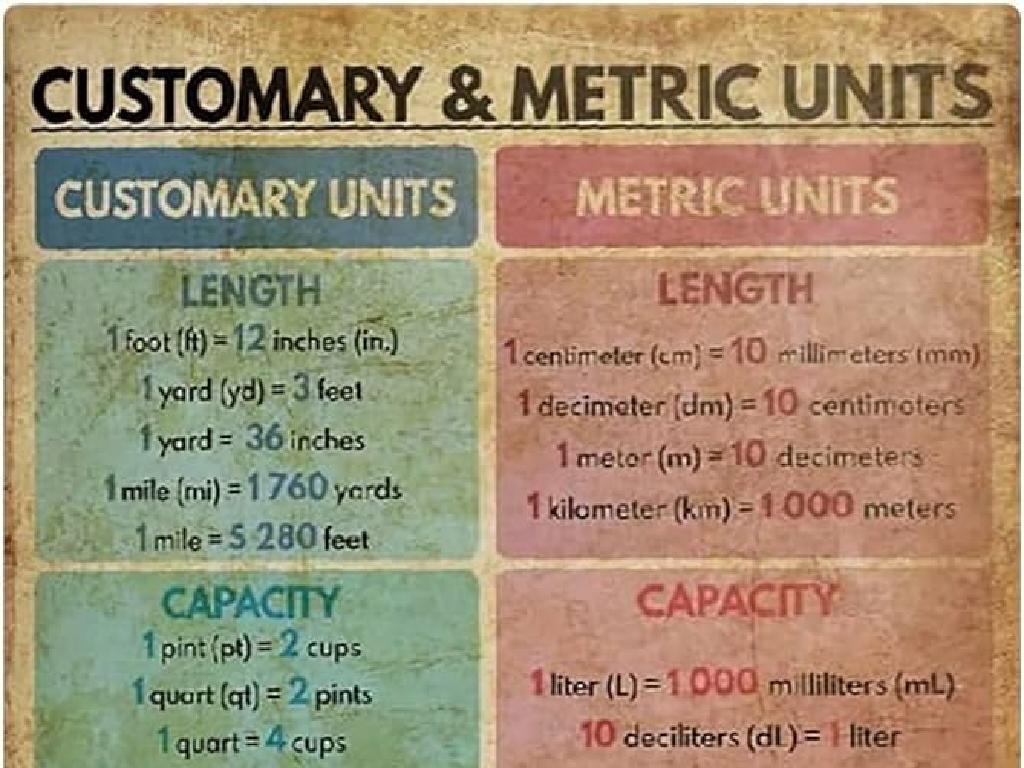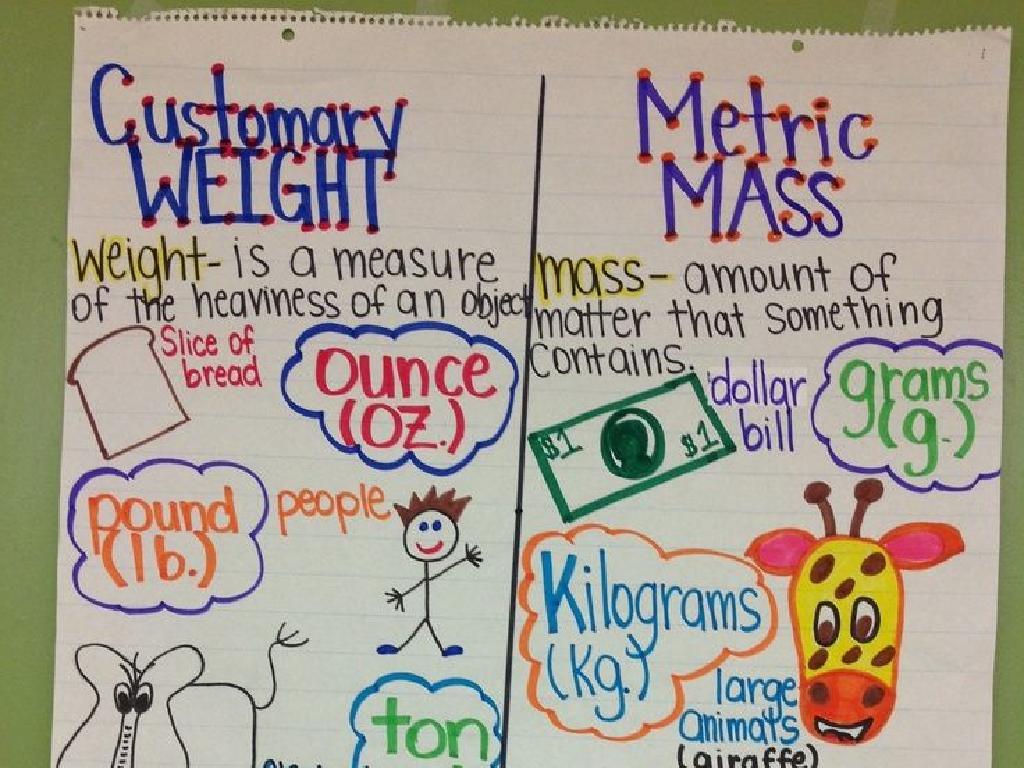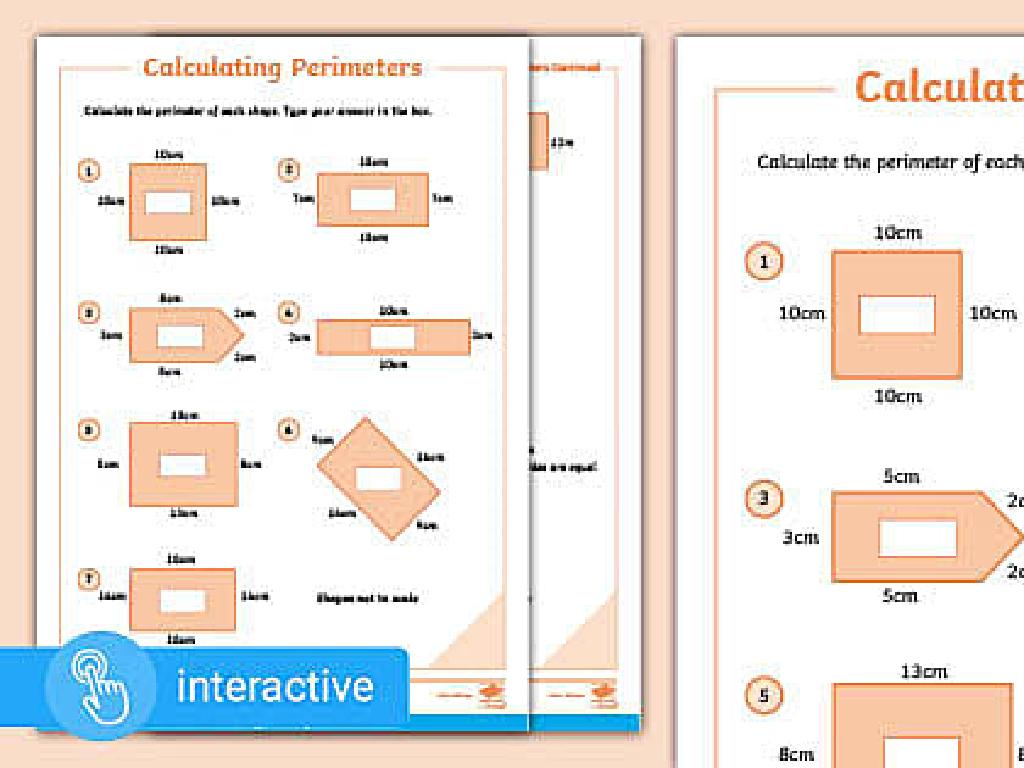Region Profile: Europe
Subject: Social studies
Grade: Seventh grade
Topic: Europe: Society And Environment
Please LOG IN to download the presentation. Access is available to registered users only.
View More Content
Exploring Europe: A Land of Diversity
– Europe’s diverse landscape
– Mountains, plains, and seas shape life here.
– ‘Region Profile’ explained
– A ‘Region Profile’ is a snapshot of a place’s geography, culture, and economy.
– Europe’s unique features
– A mix of languages, history, and political systems.
– Cultural and environmental richness
– Home to diverse wildlife, traditions, and climates.
|
This slide introduces students to the continent of Europe, emphasizing its vast diversity in geography, culture, and environment. A ‘Region Profile’ provides a comprehensive overview of a region’s characteristics, including physical geography, cultural practices, economic activities, and environmental conditions. Europe stands out due to its multitude of languages, rich historical background, and varied political landscapes. The continent’s cultural heritage is as varied as its natural environment, which ranges from the Arctic tundra in the north to the Mediterranean climates in the south. Encourage students to think about how Europe’s diversity might compare to other regions they’ve studied or their own experiences.
Exploring Europe’s Geography
– Examine Europe’s physical map
– Discover major landforms
– Alps, Pyrenees, and Urals shape the landscape
– Investigate rivers and seas
– Danube River, Mediterranean Sea are key water bodies
– Understand geographical impact
|
This slide aims to give students a visual understanding of Europe’s geography. Start by showing a physical map of Europe to familiarize students with its layout. Highlight the major landforms such as the Alps, Pyrenees, and Ural Mountains, explaining how these have influenced historical events, climate, and settlement patterns. Discuss the significance of major rivers and seas, particularly the Danube River and the Mediterranean Sea, in terms of trade, culture, and biodiversity. Emphasize how geography has played a crucial role in shaping the societies and environments of European countries. Encourage students to think about how these geographical features might affect life in Europe compared to their own region.
Climates of Europe: Impact on Lifestyle and Culture
– Europe’s diverse climate zones
– Climate’s influence on daily life
– Clothing, cuisine, and housing vary with climate
– Mediterranean vs. Scandinavian climate
– Warm Mediterranean climate leads to outdoor living, while cold Scandinavian climate influences indoor socializing
– Cultural practices shaped by climate
– Festivals, traditions, and agricultural practices are often climate-dependent
|
This slide aims to explore the variety of climate zones across Europe and how these climates affect the lifestyle and culture of the people living in these regions. Students should understand that Europe’s climate ranges from the warm Mediterranean to the cold Scandinavian, each with distinct characteristics. The Mediterranean climate, with its warm, dry summers and mild, wet winters, encourages a lifestyle that includes a lot of outdoor activities and a diet rich in fresh fruits and vegetables. In contrast, the Scandinavian climate, with its cold temperatures and limited daylight hours in winter, leads to a culture that values indoor socializing and activities. Highlight how climate can influence clothing choices, building styles, food preferences, and even social behaviors. Encourage students to think about how their own lives might be different if they lived in another climate zone.
Cultural Diversity in Europe
– Europe’s linguistic mosaic
– Over 200 languages are spoken across Europe.
– Traditions and customs
– From Spanish flamenco to Italian pasta-making.
– The European Union’s motto
– ‘United in diversity’ promotes harmony and cooperation.
– Celebrating diversity
– Europe Day celebrates cultural richness on May 9th.
|
This slide aims to introduce students to the rich cultural diversity of Europe. Emphasize the vast number of languages spoken across the continent, which contributes to its cultural wealth. Highlight various European traditions and customs, such as Spanish flamenco dancing, Italian pasta-making, and the Scandinavian midsummer festival. Discuss the European Union’s motto, ‘United in diversity,’ which encapsulates the EU’s approach to fostering unity while respecting the diverse cultures of its member states. Lastly, mention Europe Day, which is celebrated on May 9th to honor peace and unity in Europe. Encourage students to research and share customs or languages from a European country of interest.
Economies of Europe: Key Sectors and Trade
– Agriculture, Industry, Services
– Farming, manufacturing, and services drive economies.
– The Euro: Europe’s Currency
– 19 EU countries use the Euro, facilitating trade.
– Intra-European Trade
– Countries trade goods like cars, wine, and cheese.
– Global Trade Relations
– Europe exports machinery, vehicles, pharmaceuticals globally.
|
This slide provides an overview of the diverse economies of Europe, focusing on the three main sectors: agriculture, industry, and services. Emphasize how these sectors are interdependent and form the backbone of European economies. Discuss the Euro and its role in simplifying trade among the countries that use it, making it easier to compare prices and do business. Highlight the importance of trade both within Europe and with other countries, noting the types of goods that are commonly traded. Encourage students to think about how these economic activities might be interrelated and affect their daily lives. Provide examples of European products they might be familiar with, such as cars from Germany or cheese from France.
Environmental Challenges in Europe
– Pollution’s impact on Europe
– Air, water, soil pollution affecting ecosystems
– Climate change combat strategies
– EU policies, international agreements like Paris Accord
– Embracing green energy
– Wind farms, solar power reducing fossil fuel reliance
– Conservation efforts
– Protected areas, sustainable farming to preserve nature
|
This slide addresses the significant environmental challenges faced by Europe, including pollution, climate change, and the need for sustainable practices. Discuss the various types of pollution and their detrimental effects on European ecosystems, health, and heritage sites. Highlight the efforts made by the European Union to tackle climate change, including policy measures and participation in global initiatives like the Paris Agreement. Emphasize the role of renewable energy sources, such as wind and solar power, in reducing Europe’s carbon footprint. Lastly, touch upon conservation strategies, including the establishment of protected areas and the promotion of sustainable agriculture and tourism, to ensure the preservation of Europe’s natural beauty and biodiversity. Encourage students to think about how these issues affect their lives and what actions they can take to contribute to a healthier environment.
Class Activity: Create Your European Country
– Divide into groups, pick a region
– Invent a fictional European country
– Profile: Name, Capital, Climate
– Consider geographical features for climate
– Profile: Economy, Culture, Environment
– Think about local resources for economy, traditions for culture, and real issues for environmental challenge
|
This activity is designed to engage students with the geography, economy, culture, and environmental issues of Europe by creating their own country. In groups, students will choose a region in Europe as a base for their country and develop a comprehensive profile that includes the country’s name, capital city, climate based on geographical location, economic structure influenced by available resources, cultural aspects such as language, food, and traditions, and an environmental challenge that is pertinent to the region. Each group will then present their country to the class, explaining their choices and the reasoning behind them. For the teacher: Prepare a list of European regions for selection, provide materials for research, and guide students to think critically about the interconnectedness of geography, society, and the environment. Encourage creativity and ensure that each group’s presentation covers all required profile aspects.






